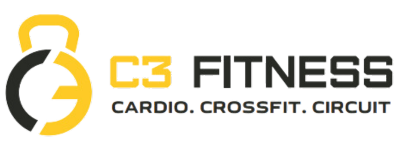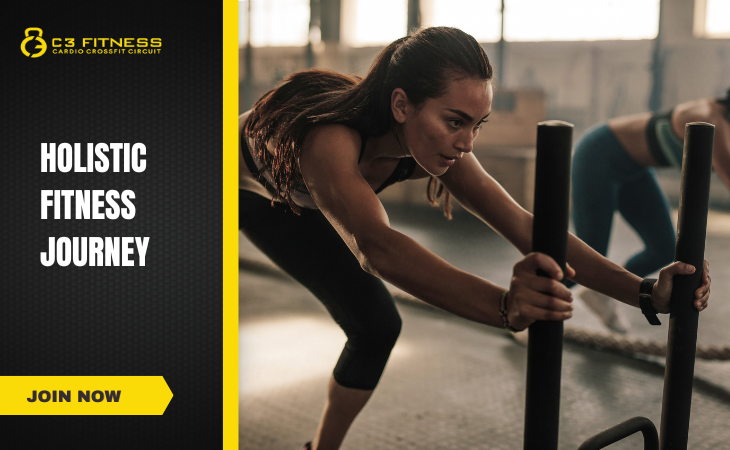By admin
- October 8, 2024
- Fitness, Personal Trainer, Weight Gain, Weight Loss, Yoga
- 923 Views
Introduction
In a gym context, holistic health addresses all facets of an individual’s health, including mental, emotional, physical, and even social. It incorporates a variety of wellness practices in addition to conventional exercise regimens to support a balanced and healthful lifestyle. A whole approach to fitness that emphasizes striking a balance between one’s physical, mental, and emotional health is known as holistic fitness. Gaining greater physical strength and endurance requires more than just exercise. These are some other words associated with holistic health.
Strength, Flexibility, and Cardiovascular Fitness
Strength Training: Resistance training is used to increase muscle and strength. This comprises functional training that targets all main muscular groups, bodyweight exercises, and weightlifting.
Flexibility and Mobility: Increasing joint and muscle range of motion, reducing injuries, and enhancing overall movement quality are achieved by stretching regimens, yoga, and mobility exercises.
Cardiovascular Exercise: Exercises that increase heart health and stamina, such as jogging, cycling, rowing, or high-intensity interval training (HIIT).

Emotional and Mental Health
Exercises for the Mind and Body: Including techniques like yoga, Pilates, and meditation can help reduce stress, enhance attention, and support mental health.
Yoga: Blends awareness, meditation, and breath control with physical postures.
Meditation: To promote mental clarity, lower stress levels, and quiet the mind, engage in mindfulness or guided meditation.
Breathwork: Managed breathing methods, such box breathing or diaphragmatic breathing, can help lower anxiety and improve mental clarity.

Nutrition and Hydration , Social Connection and Support
Balanced Diet: Eating nutrient-rich meals is important for supporting overall health and fitness goals in holistic health. an emphasis on complete, unprocessed foods such fruits, vegetables, whole grains, lean meats, and healthy fats.
Hydration: Getting enough water in your system before, during, and after exercise to support energy levels, muscular function, and recuperation.
Addenda (if required): Seeking advice from a medical professional regarding vitamins, protein, or omega-3 fatty acids as supplements to help with performance issues or deficits.
Group Fitness courses: Engaging in group activities fosters a sense of camaraderie and common motivation. Examples of these activities include spin, dance, and HIIT courses.
Exercise Partners: Partnering up with someone to work out with can help you stay accountable, motivated, and socially engaged.
Personal Trainers: Consulting a trainer can improve results and prevent injuries by offering advice on form, technique, and customized program formulation.

Conclusion
In the gym, holistic health encourages a balance between mental and physical health, appropriate diet, recuperation, and social interaction. You can develop a more balanced, resilient, and joyous attitude to overall well-being in addition to increasing your physical fitness by including a range of activities, mindful practices, and appropriate recovery into your routine. Attend the gym’s seminars and workshops on mental resilience, nutrition, and stress management. Participate in day seminars or wellness retreats that integrate mindfulness, exercise, and nutrition education.


